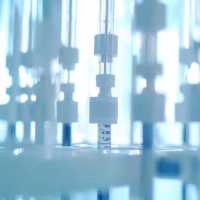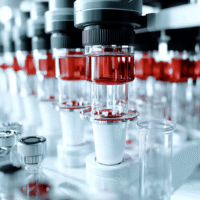Understanding the Study Results for Extremely Preterm Infants
What Was the Study About?
This study looked at the effects of using a type of treatment called autologous umbilical cord blood cells (UCBCs) on very premature babies. These babies were born before 28 weeks of pregnancy and might have brain injuries. The goal was to see if this treatment could help improve their brain development.
What Did the Study Find?
- The study included 23 infants who received UCBCs and 93 infants who did not receive this treatment.
- Both groups had similar brain imaging results, meaning there was no clear difference in brain structure or injury between the two groups.
- No infants who received UCBCs were found to be at high risk for cerebral palsy, while some in the other group were. However, this difference was not statistically significant.
- Overall, the treatment did not show major improvements in brain development compared to those who did not receive it.
What Does This Mean for Patients and Clinics?
The results suggest that while UCBC treatment did not lead to significant improvements in brain health for extremely preterm infants, it is promising that none of the treated infants were at high risk for cerebral palsy. This finding encourages further research into the potential benefits of this treatment.
What Can Hospitals and Doctors Do with These Findings?
- Continue to monitor and study the long-term effects of UCBC treatment on brain development.
- Consider using UCBCs in clinical practice while being aware of the current limitations.
- Educate families about the potential risks and benefits of this treatment.
What Should Clinics Track After Using These Results?
- Brain imaging results of infants receiving UCBCs.
- Developmental milestones and assessments for conditions like cerebral palsy.
- Overall health and growth of treated infants over time.
Are There Any AI Tools That Can Help?
Clinics can explore AI tools that assist in analyzing brain imaging data and tracking developmental outcomes. These tools can help identify trends and improve patient care.
Step-by-Step Plan for Clinics to Apply These Findings
- Start Small: Begin by incorporating UCBC treatment in a limited number of cases.
- Monitor Outcomes: Keep detailed records of brain imaging and developmental assessments.
- Educate Staff: Train healthcare providers on the use and implications of UCBC treatment.
- Engage Families: Discuss the treatment options with families and provide clear information.
- Expand Gradually: As more data is collected and analyzed, consider expanding the use of UCBC treatment.
Learn More About the Research
For more detailed information, you can read the full study here.






























